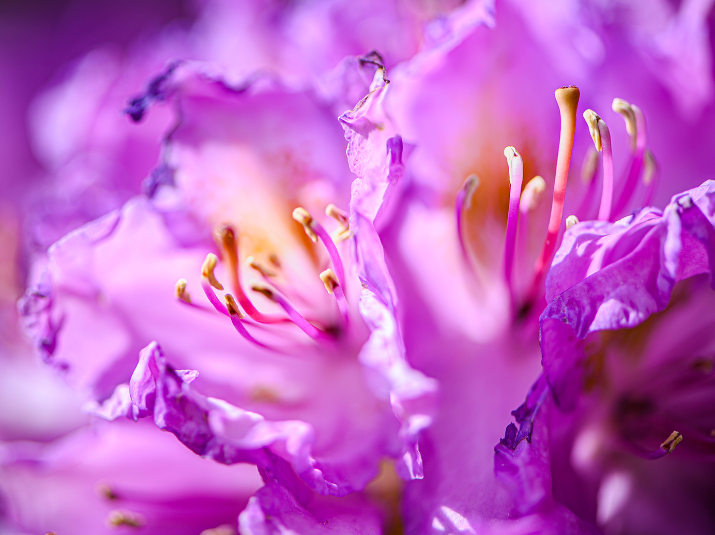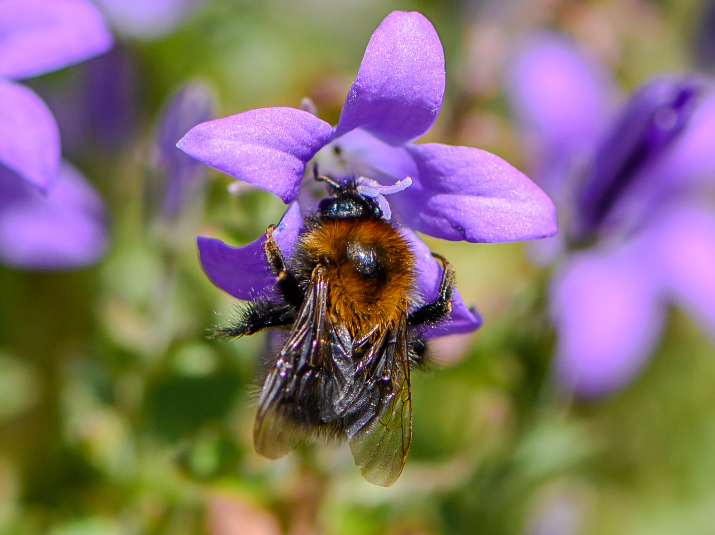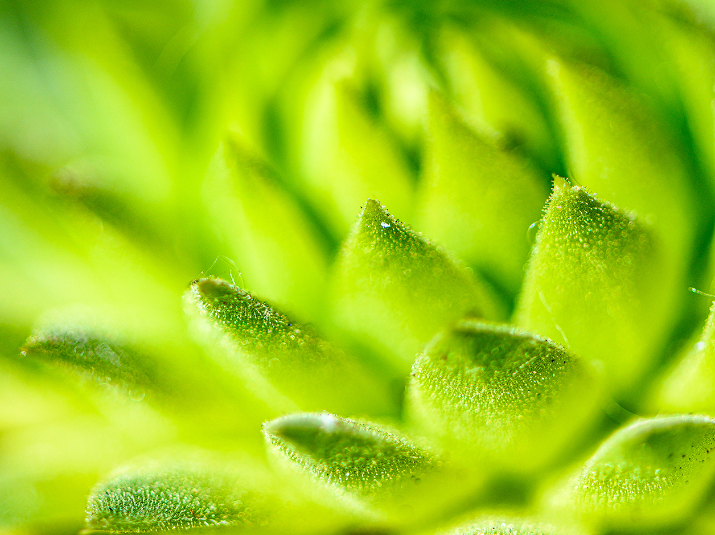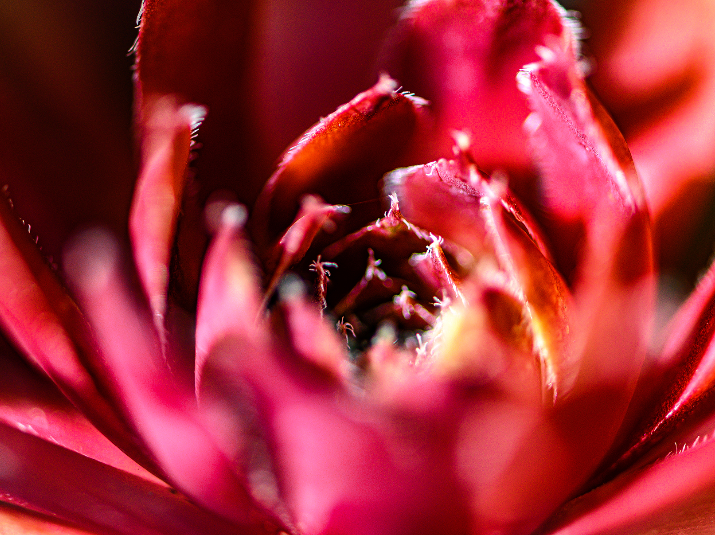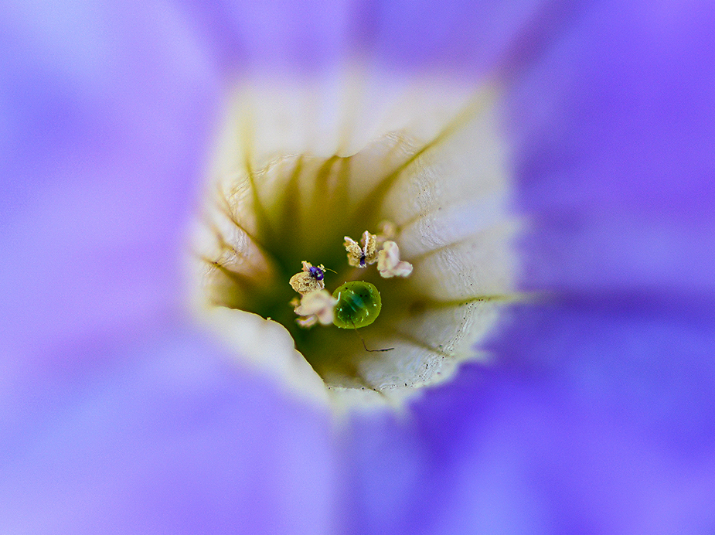Macro photography of flowers can be done both inside and outside. There are so many opportunities to open up a whole new world of photography and to give you a new way of visualising the world to improve your composition. Plant Macro photography can be shot with either a tripod or handheld, it’s your choice, however, you should get much sharper images if you do use a tripod. You can use any lens that allows you to close focus, but to get the best results something like the NIKKOR 40mm or 85mm DX micro lenses or the for full frame cameras the NIKKOR 60 or 105mm micro lenses would be perfect.


